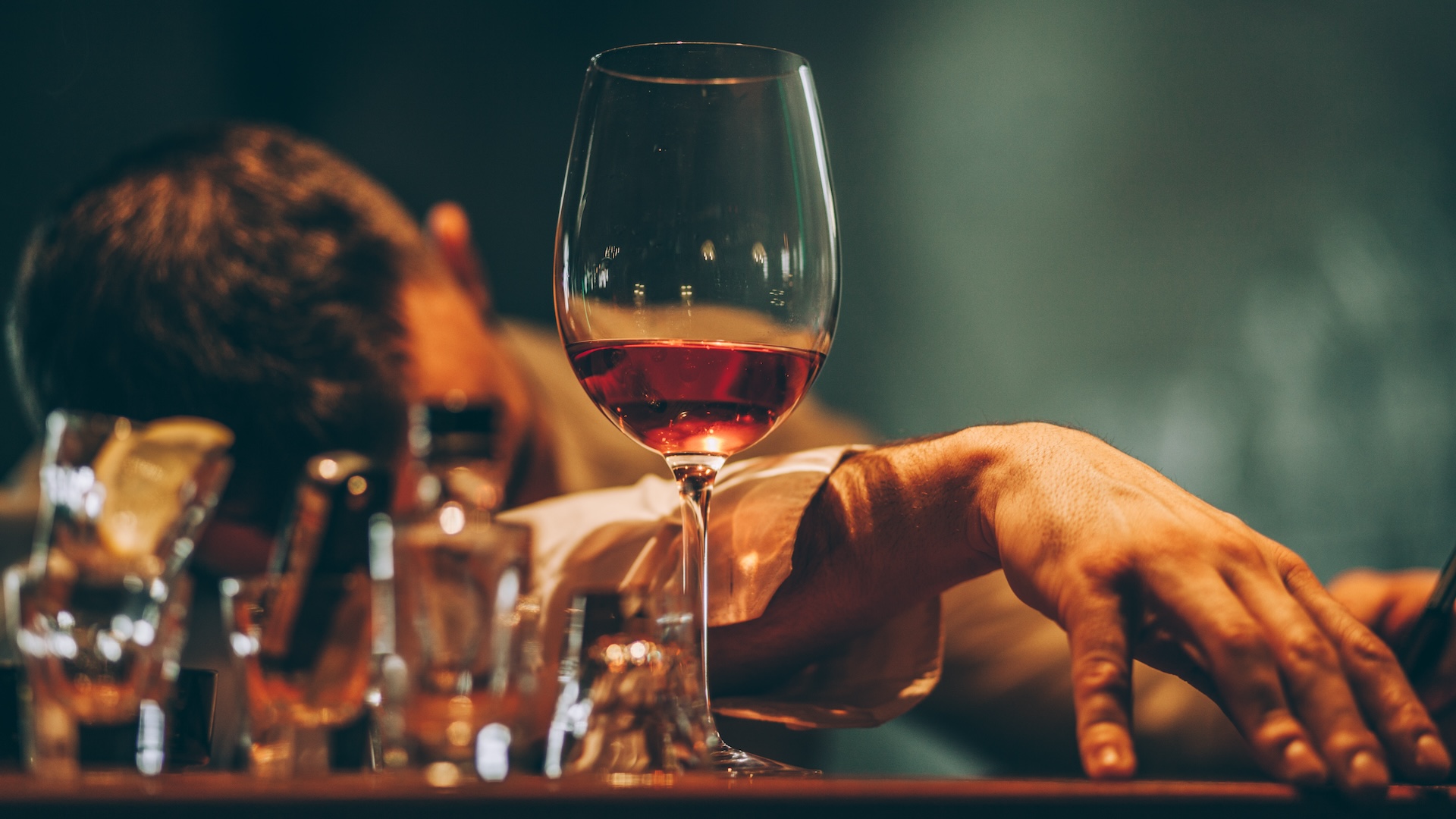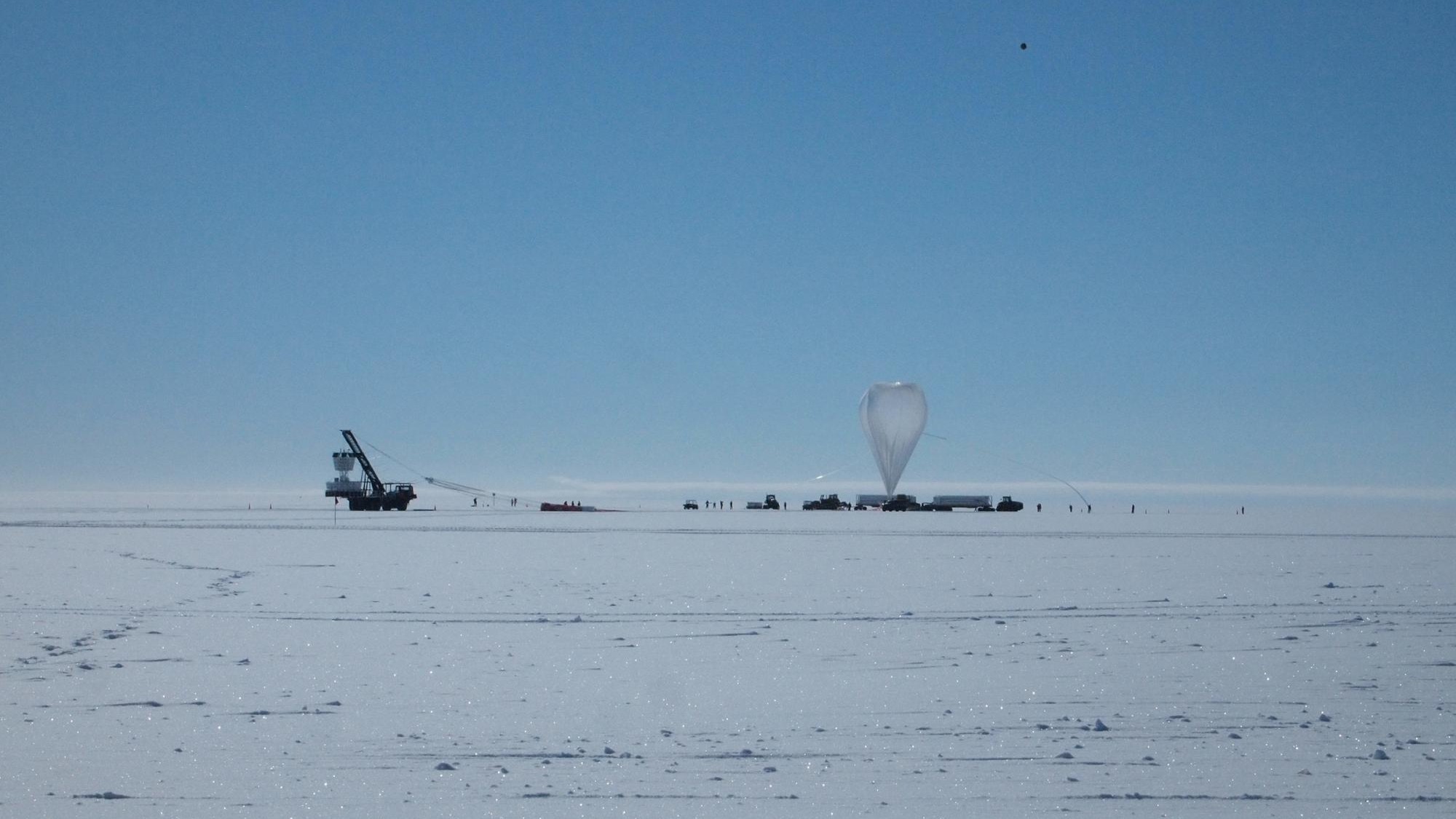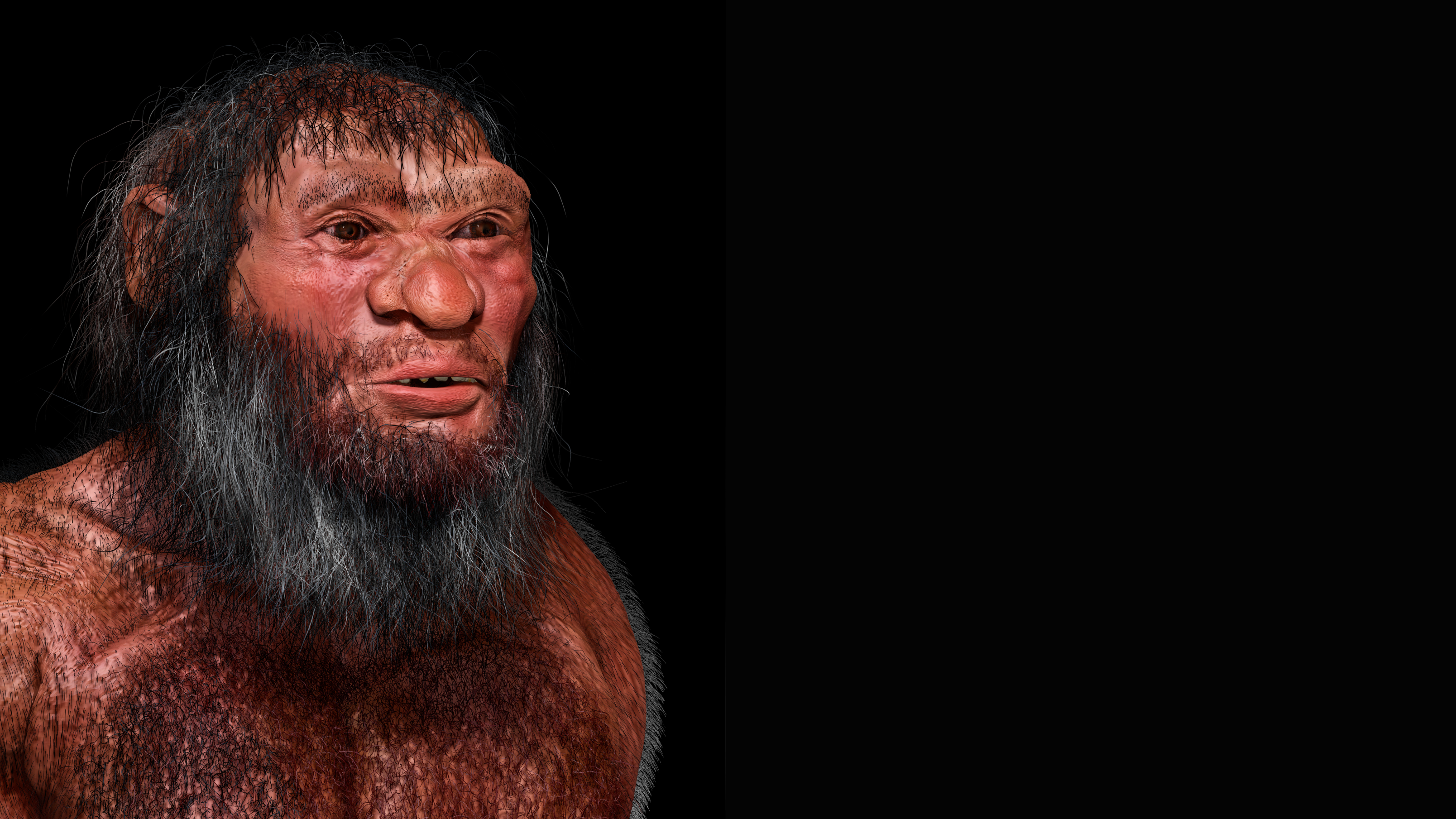The brain might have a hidden “off switch” for binge drinking, and it seems to be governed by fewer than 500 brain cells, new research suggests.
The study, published June 10 in the journal Nature Neuroscience, found that in mice, activating or blocking this unique cluster of brain cells, or neurons, can suppress or unleash binge drinking.
If the same “off switch” can be found in humans, this tiny neural circuit could become a new target for the treatment of alcohol use disorder.
“What we have learned over the past five to 10 years is that the diversity [of the brain] is absolutely staggering, and it doesn’t take many neurons to control behaviors,” lead author Gilles Martin, an associate professor of neurobiology at UMass Chan Medical School, told Live Science. “This study seems to really agree with that.”
A brake in the brain
For the past decade, scientists have suspected that the medial orbitofrontal cortex — a brain region that helps weigh whether a reward is worth its negative consequences — has been involved in binge drinking. But until now, they didn’t have the technical know-how to understand what was going on inside this region.
Now, using new mice that had been genetically engineered to have the molecular equivalent of a genetic light switch, Martin and his colleagues looked for hidden structures inside this complex web of neurons.
The team used optogenetics — a technique in which light stimulation can be used to switch certain genes on or off — to identify in real time which brain cells lit up in response to alcohol consumption. They could then excite or suppress that region of the brain to see how it affected the mice’s behavior.
The researchers found that a tiny cluster, made up of about 4% of the medial orbitofrontal cortex, lit up when the mice drank alcohol.
Related: What counts as ‘binge drinking’? What about ‘high-intensity drinking’?
When the scientists switched off that cluster, the mice’s drinking went “up and up and up” every week, Martin said. When those neurons were switched on, the mice drank a lot less. This suggests the cluster acts as a “built-in brake mechanism that was previously unknown,” he added.
The manipulation of this cluster did not seem to affect other behaviors, and the study showed it didn’t change how much water the mice drank or how much they moved around, Martin said.
“I think it’s the first instance where a drug of abuse turns on a bunch of neurons that will actually counter its effects,” Martin said.
More research is needed to see whether humans also have such an off switch. But if confirmed, these findings could help explain why some people have a harder time resisting binge drinking than others: This brain circuit could be less active in them.
“If people don’t have these aversive negative cues, this can promote excessive alcohol drinking,” David Werner, an associate professor of psychology who studies the neurobiology of alcohol use at Binghamton University in New York and was not involved in the study, told Live Science.
Further research on this “unique” subset of neurons, Werner added, could reveal new treatment targets.
Surprising findings
The fact that these off-switch neurons were found in the prefrontal cortex was the most surprising finding of all, Martin said. Past studies have shown that these inhibitory neurons, which create aversions to certain behaviors or experiences, were usually found in other brain regions.
It will be interesting to see what is happening in people who binge drink repeatedly over a long period, Martin said, as the study did not investigate what happens after long-term stimulation.
Another surprise was that this cluster of neurons also seems to be alcohol-specific. In the study, the activation of the cluster did not change the mice’s consumption of saccharine — which is essentially sugar, another stimulant with a strong reward feedback loop, Martin said.
“My hunch is now that each drug will probably activate a very distinct neuronal ensemble,” Martin said.
Werner noted that alcohol has “a number of targets” in the human brain. For him, it will be very interesting to examine how this cluster fits into the picture of alcohol use disorder that includes all of these brain regions.
“What is going to cause one person to have alcohol use disorder is not going to work for the next,” Werner speculated.














